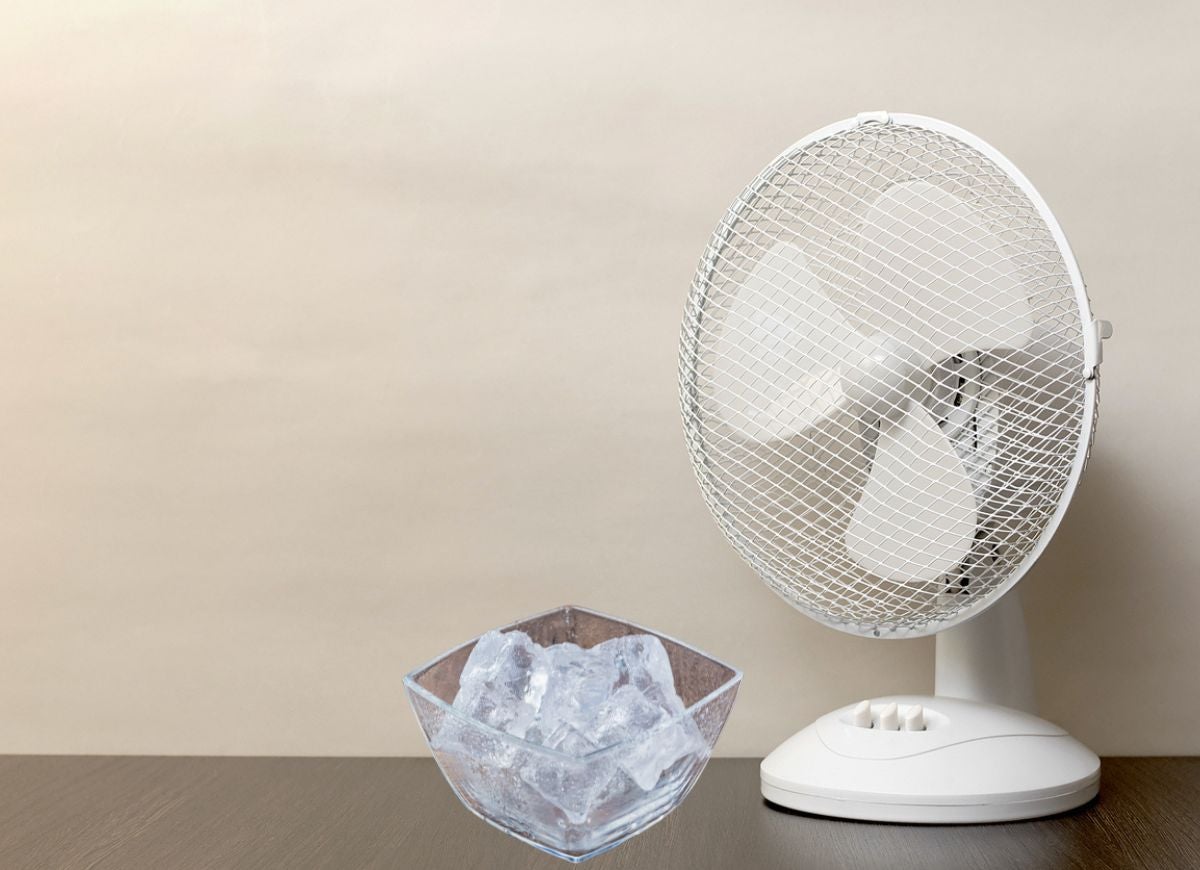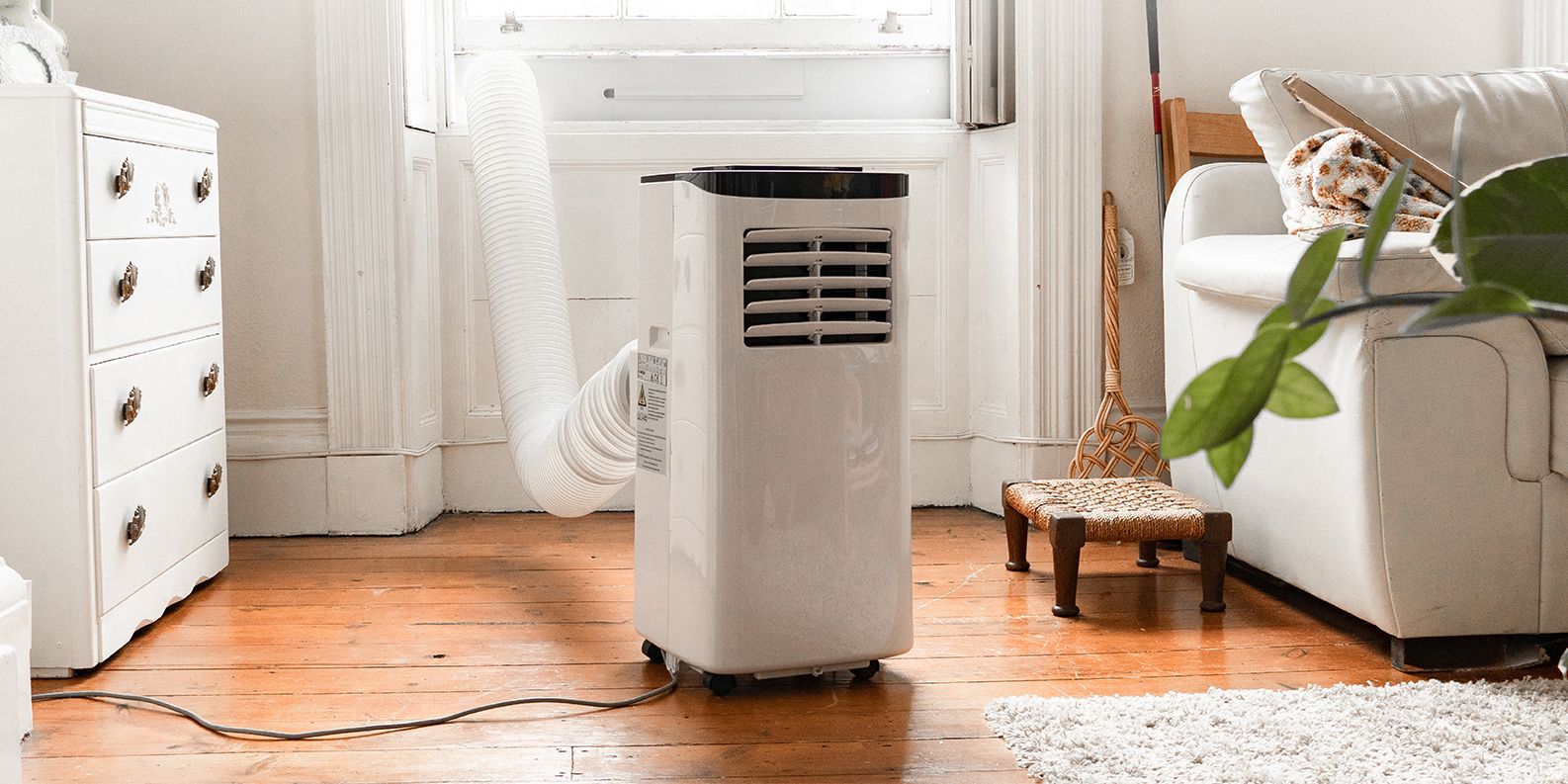Home>Articles>5 Spots In Your Home That Might Be Letting In Cold Air


Articles
5 Spots In Your Home That Might Be Letting In Cold Air
Modified: February 25, 2024
Discover the top 5 spots in your home that may be allowing cold air in. Read our informative articles for tips on fixing the problem and staying warm this winter.
(Many of the links in this article redirect to a specific reviewed product. Your purchase of these products through affiliate links helps to generate commission for Storables.com, at no extra cost. Learn more)
Introduction
Welcome to winter, the season of cozy blankets, hot cocoa, and unfortunately, cold drafts. As much as we love the colder months, there’s nothing more frustrating than trying to stay warm in a home that feels like it’s constantly letting in a chilly breeze. While cranking up the thermostat can provide temporary relief, it can also result in skyrocketing utility bills. The key to keeping your home warm and energy-efficient lies in identifying the spots where cold air is sneaking in. In this article, we’ll explore five common culprits in your home that might be allowing chilly drafts to infiltrate. Let’s dive in and learn how to tackle these cold air entry points, so you can enjoy a cozy and snug home this winter.
Key Takeaways:
- Keep your home cozy and energy-efficient by addressing common cold air entry points like windows, doors, attic, basement, and electrical outlets. Sealing gaps and insulating properly can save you money on heating costs.
- Don’t overlook potential sources of cold air infiltration in your home, such as electrical outlets. By addressing these spots, you’ll enjoy a warmer, more comfortable living space while reducing your environmental impact.
Read more: How Cold Is Too Cold For Air Conditioning
Spot 1: Windows
Windows are often one of the primary culprits for cold air infiltration in a home. Over time, windows can develop small gaps, cracks, or worn-out weather-stripping, which allow cold air to seep inside. Here are a few areas to check:
- Window frames: Inspect the frames of your windows for any visible gaps or cracks. If you notice any, you can use caulk to seal them. Caulk is an inexpensive and effective way to prevent drafts.
- Weather-stripping: Check the weather-stripping around your windows. If it appears worn out or damaged, it’s time to replace it. Weather-stripping can be easily found at home improvement stores and comes in various materials, such as rubber or foam.
- Window coverings: Consider investing in thick curtains or blinds to help insulate your windows. When closed, they provide an extra barrier against cold air infiltration. You can also use window film or thermal blinds specifically designed to reduce heat loss.
By addressing these common problem areas, you can significantly reduce the amount of cold air that enters through your windows. Not only will this help keep your home warmer, but it will also save you money on heating costs in the long run.
Spot 2: Doors
Just like windows, doors can be a notorious entry point for cold air. To identify and fix the issues, take a closer look at the following areas:
- Door sweeps: Check the bottom of your doors for worn-out or missing door sweeps. These strips of rubber or vinyl are attached to the bottom of the door and create a seal against drafts. If a door sweep is damaged, replace it to prevent cold air from sneaking in.
- Weather-stripping: Inspect the weather-stripping around the edges of your doors. If you notice any gaps or cracks, you’ll need to replace the weather-stripping. You can find adhesive-backed weather-stripping at most hardware stores. It’s easy to install and will help keep the cold air out.
- Door seals: Check the area around your doors for any gaps or cracks. If you see sunlight or feel a cold breeze, it’s a sign that your door seal needs attention. Use caulk or weather-resistant sealant to seal these gaps and prevent cold air from seeping in.
- Storm doors: If you live in an area with harsh winters, consider installing storm doors. These doors provide an extra layer of insulation and protection against cold air. They can significantly reduce drafts and improve energy efficiency in your home.
By addressing these door-related issues, you can minimize cold air infiltration and create a more comfortable living environment. Remember, a properly sealed door not only keeps the cold air out but also helps your heating system work more efficiently, saving you money on energy bills.
Spot 3: Attic
While the attic may not be the first place you think of when it comes to cold air infiltration, it can actually be a significant source of heat loss. Here’s what to look for:
- Insulation: Check the insulation in your attic. Inadequate or damaged insulation can allow cold air to penetrate your home. Make sure the insulation is evenly spread and in good condition. If needed, add or replace insulation to improve energy efficiency.
- Access hatch: Don’t forget to examine the access hatch to your attic. If it’s not properly sealed, it can allow cold air to seep into your living spaces. Apply weather-stripping or insulation around the hatch to create a tight seal.
- Air leaks: Inspect the attic for any noticeable air leaks or gaps in the walls or ceiling. Common trouble spots include areas where electrical wiring, plumbing, or ductwork penetrate the attic. Use spray foam insulation or caulk to seal these gaps and prevent cold air infiltration.
- Ventilation: Proper ventilation is key in an attic to prevent moisture buildup and promote airflow. However, make sure that attic vents are not causing drafts. Check for any loose or damaged vents and repair or replace them as needed.
By addressing attic-related issues, you can minimize heat loss and prevent cold air from entering your home. A well-insulated and properly sealed attic will not only keep your home warmer but also improve energy efficiency, reducing your heating costs in the process.
Check for drafts around windows and doors by using a candle or incense stick to see if the flame flickers. Seal any gaps with weather stripping or caulk to prevent cold air from entering your home.
Spot 4: Basement
When it comes to cold air infiltration, the basement is often overlooked. However, it can be a major culprit in letting in chilly drafts. Here are some areas to inspect:
- Foundation cracks: Check the walls and floors of your basement for any visible cracks or gaps. These openings can allow cold air to enter your home. Fill them with epoxy or hydraulic cement to seal them and prevent drafts.
- Windows and doors: Inspect the windows and doors in your basement for gaps, cracks, or worn-out weather-stripping. Replace any damaged weather-stripping and consider adding additional insulation around the windows and doors to improve energy efficiency.
- Ventilation: Check the ventilation system in your basement. If the vents are not properly sealed or insulated, they can let in cold air. Ensure that the vents are tightly sealed and consider insulating them to prevent heat loss.
- Pipes and plumbing: Insulate exposed pipes in your basement to prevent them from freezing and to minimize heat loss. This will help to keep your basement and the rest of your home warmer.
Addressing these basement-related issues can significantly reduce cold air infiltration and make your home more comfortable during the winter months. By sealing cracks, properly insulating windows and doors, and maintaining a well-ventilated space, you’ll be able to keep the cold air out and enjoy a warmer basement and home overall.
Read more: How To Spot Fake Security Cameras
Spot 5: Electrical Outlets
Believe it or not, electrical outlets can be a surprising source of cold air infiltration in your home. Here’s what you need to know:
- Outlet drafts: Feel around your electrical outlets for any noticeable drafts. If you feel cold air coming from the outlets, it’s a sign that there may be gaps or openings behind the electrical boxes. To address this, you can use outlet gaskets or foam insulation pads to create a barrier and prevent cold air from seeping in.
- Switch plates: Inspect the switch plates on your electrical outlets. If there are gaps or cracks around the edges, they can allow cold air to enter. Remove the switch plates, apply a layer of caulk around the edges, and then reattach them snugly to create a seal.
- Insulate exterior walls: In some homes, electrical outlets located on exterior walls can be particularly problematic. These walls may lack proper insulation, leading to cold air entering through the outlets. Consider adding insulation to the walls or using foam outlet covers to provide added insulation and prevent drafts.
By addressing these issues related to electrical outlets, you can eliminate one more potential source of cold air infiltration in your home. Taking these simple steps will help to keep your home warmer, increase energy efficiency, and save you money on heating costs.
Conclusion
As winter settles in and the temperatures drop, it’s important to ensure that your home is well-protected against cold air infiltration. By addressing the five common culprits we’ve discussed – windows, doors, attic, basement, and electrical outlets – you can create a more comfortable and energy-efficient living space.
Start by inspecting your windows and doors for any gaps, cracks, or worn-out weather-stripping. Replace or repair as needed to create a tight seal. Move on to your attic and basement, checking the insulation, sealing cracks, and addressing ventilation to prevent cold air from infiltrating your home. Lastly, don’t forget about the electrical outlets, which can be surprising sources of cold drafts. Seal gaps and insulate where necessary to eliminate this potential escape route for cold air.
By tackling these spots in your home, you’ll not only keep the cold air out, but you’ll also increase your energy efficiency. This means fewer drafts, lower heating costs, and a warmer and more comfortable home for you and your family.
Remember, maintaining a well-sealed home is essential not only for comfort but also for environmental sustainability. By reducing your energy consumption, you’re also minimizing your carbon footprint.
So, don’t let the cold air seep into your home this winter. Take the necessary steps to seal up those spots and create a warm and cozy haven. Stay snug, save on energy bills, and enjoy the winter season to its fullest!
Frequently Asked Questions about 5 Spots In Your Home That Might Be Letting In Cold Air
Was this page helpful?
At Storables.com, we guarantee accurate and reliable information. Our content, validated by Expert Board Contributors, is crafted following stringent Editorial Policies. We're committed to providing you with well-researched, expert-backed insights for all your informational needs.















0 thoughts on “5 Spots In Your Home That Might Be Letting In Cold Air”